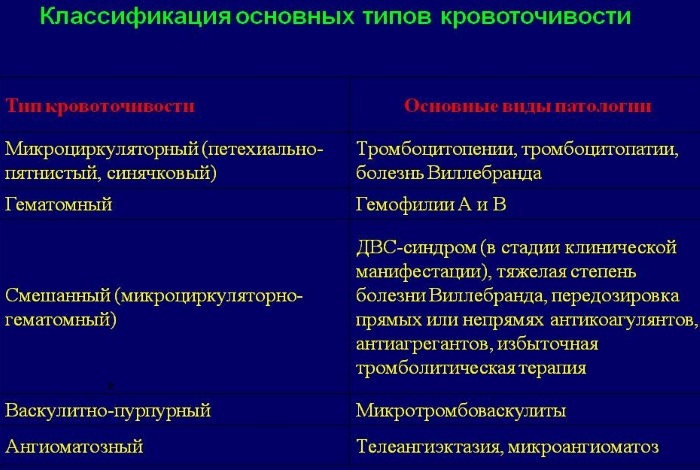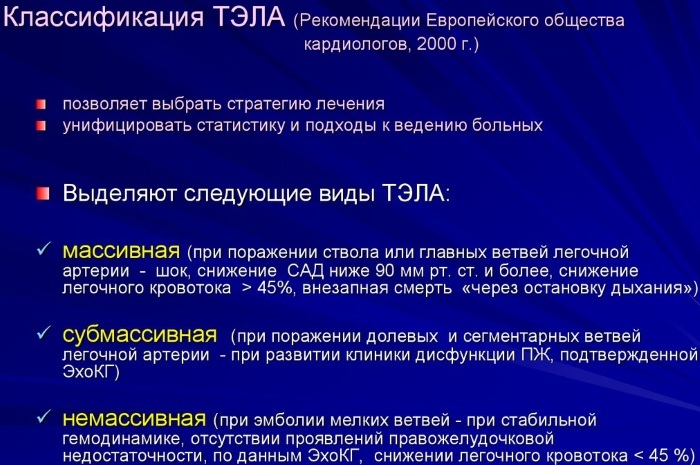GENERAL
The lower boundary of the heart rate frequency standards assumed value of 60 bpm.
Sinusoidal cardiac aetiology is not always pathological. Thus, physiological slowing the heart rate (HR) may occur during sleep or alone, at a pressure on the thorax, the carotid artery or the eyeballs under the influence of cold and t. d.

In professional athletes as a result of prolonged exercise sinus bradycardia can be regarded as a variant of the norm. Many of them heart rate at rest can slows to 30-35 beats per minute, however, these states still require further examination to exclude organic disease of the heart.
Pathological sinus bradycardia various etiologies can occur in people of all ages - from newborns to elderly people.
CAUSES
Causes of sinus bradycardia may be dysfunction of the autonomic nervous system (increase of vagal influences) or organic heart disease.
Common causes of sinus bradycardia:
- Neurotic state with a predominance of vagal dysfunctions.
- Pathological conditions accompanied by increased intracranial pressure - subarachnoid type of stroke, meningitis, brain trauma, etc..
- Some diseases and pathological conditions of internal organs: the canker of the stomach and duodenal ulcers, kidney or liver colic, mazes and more.
- Organic pathology of heart: hypertrophic cardiomyopathy, myocardial infarction, myocarditis, etc...
- Endocrine pathology - some diseases of the thyroid gland and adrenal gland.
- Taking certain medicinal drugs - beta-blockers, cardiac glycosides, antiarrhythmic agents, etc...
- Hereditary predisposition to autonomic dysfunction.
- Infectious processes and intoxication with heavy current.
In some cases, the cause of sinus bradycardia, heart fails.
CLASSIFICATION
Sinus bradycardia heart is classified according to several criteria.
Clinical and pathogenetic types:
- Physiological.
- Iatrogenic or drug - as a result of certain medications.
- Pathological. It may be acute or chronic.

The clinical course:
- Easy - heart rate of 50-60 beats per minute.
- Moderate - heart rate of 40-60 beats per minute.
- Severe - heart rate of 40 beats per minute or less.
Etiology:
- Intracardiac - at various heart pathologies.
- Noncardiac - the impact of other causes not related to organic lesions of the heart.
SYMPTOMS
Clinical symptoms appear when expressed and during moderate sinus bradycardia due to a sudden restriction of blood flow to the brain and internal organs. Light her degree in most cases are asymptomatic.
The main manifestations of the disease:
- Fatigue, weakness, sleep disturbances (often - insomnia).
- Disorders of memory and attention concentration, transient blurred vision, paresis.
- Dizziness, presyncopal state.
- Shortness of breath, in the area of chest pain.
- With the dramatic decrease in heart rate may develop sudden episodes of dizziness, weakness and loss of consciousness (Morgagni-Adams-Stokes syndrome). The duration of such conditions may be sometimes several minutes.
DIAGNOSTICS
Symptoms and treatment of sinus bradycardia depends, primarily, on the cause of this condition. Therefore, in addition to revealing the fact of deceleration of heart rate, it is necessary to conduct complex diagnostic procedures aimed at identifying its etiology.
Diagnosis of sinus bradycardia:
- Medical history and the patient's specific complaints.
- Inspection. Diagnosed with a rare heart rate is the correct rhythm. Heart sounds normal sonority, sometimes respiratory arrhythmia is detected.
- Electrocardiography (ECG) is sometimes required daily Holter monitoring.
- Echocardiography (ultrasound of the heart).
- Veloergometry and other methods.
TREATMENT
In the absence of clinical manifestations that it sinus bradycardia, symptomatic treatment in most cases, not required.
Be sure to conduct correction of diseases and conditions which are the direct cause of heart rate deceleration. With organic lesions of the heart with a pronounced decrease in heart rate often shows the implantation of a pacemaker.

Symptomatic treatment of sinus bradycardia drugs that cause heart rate acceleration (agonists, epinephrine derivatives, caffeine and m. P.) Is performed according to the strict individual indications.
COMPLICATIONS
Prolonged and severe course sinus bradycardia may lead to heart failure up to cardiac arrest, disturbances of cerebral circulation.
A significant slowing of heart rate and accompanying this state clinical symptoms can sometimes lead to a disability of the patient.
PREVENTION
Given that the symptoms and treatment of this disease are in direct correlation with extracardiac and cardiac causes sinus bradycardia prevention is aimed at elimination of such factors.
For this purpose it is necessary to diagnose and treat the organic heart disease, choose the correct dosage of drugs and m. P.
FORECAST FOR RECOVERY
At physiological bradycardia and timely correction of the dosage of drugs at her because of iatrogenic favorable prognosis.
When combined with an organic sinus bradycardia cardiac and extracardiac causes pathology and prognosis worsens due course of the underlying disease.
Found a bug? Select it and press Ctrl + Enter


